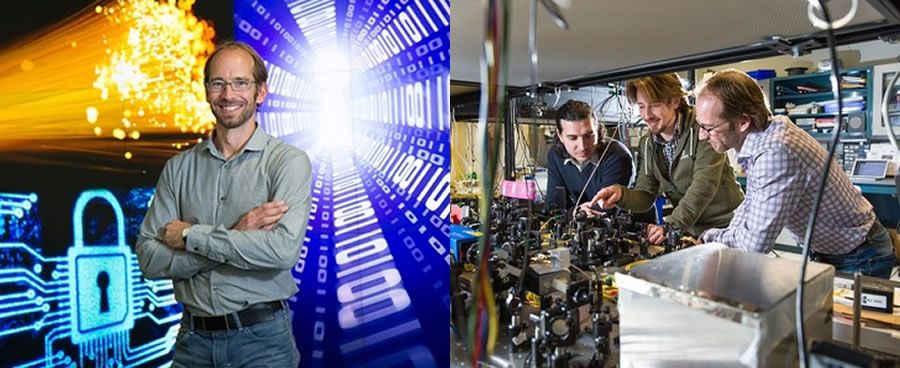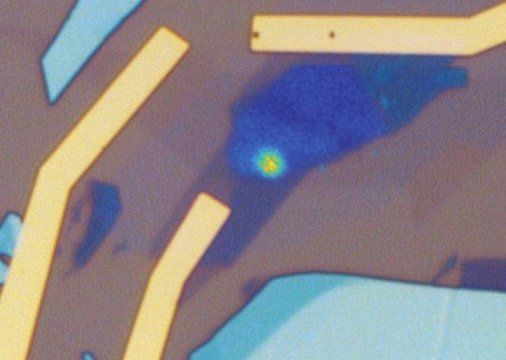Nice article; however, not sure if the author is aware Los Alamos already has a quantum net as well as some Europe banks have the capabilities and 4 months ago it was announced that a joint effort by various countries from Europe, Asia, etc. have come together to re-engineer the Net infrastructure with QC technology…
Maybe the quantum will giveth what the quantum taketh away… at least when it comes to secure transmissions.
There’s been much speculation that emerging quantum computers will become capable of breaking advanced public key cryptography systems, such as 2048-bit RSA. This might leave encrypted data transmissions exposed to anyone who happens to own such a quantum computer.
According to a recent report by the Global Risk Institute (GRI):









